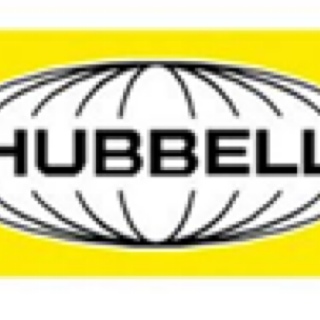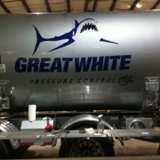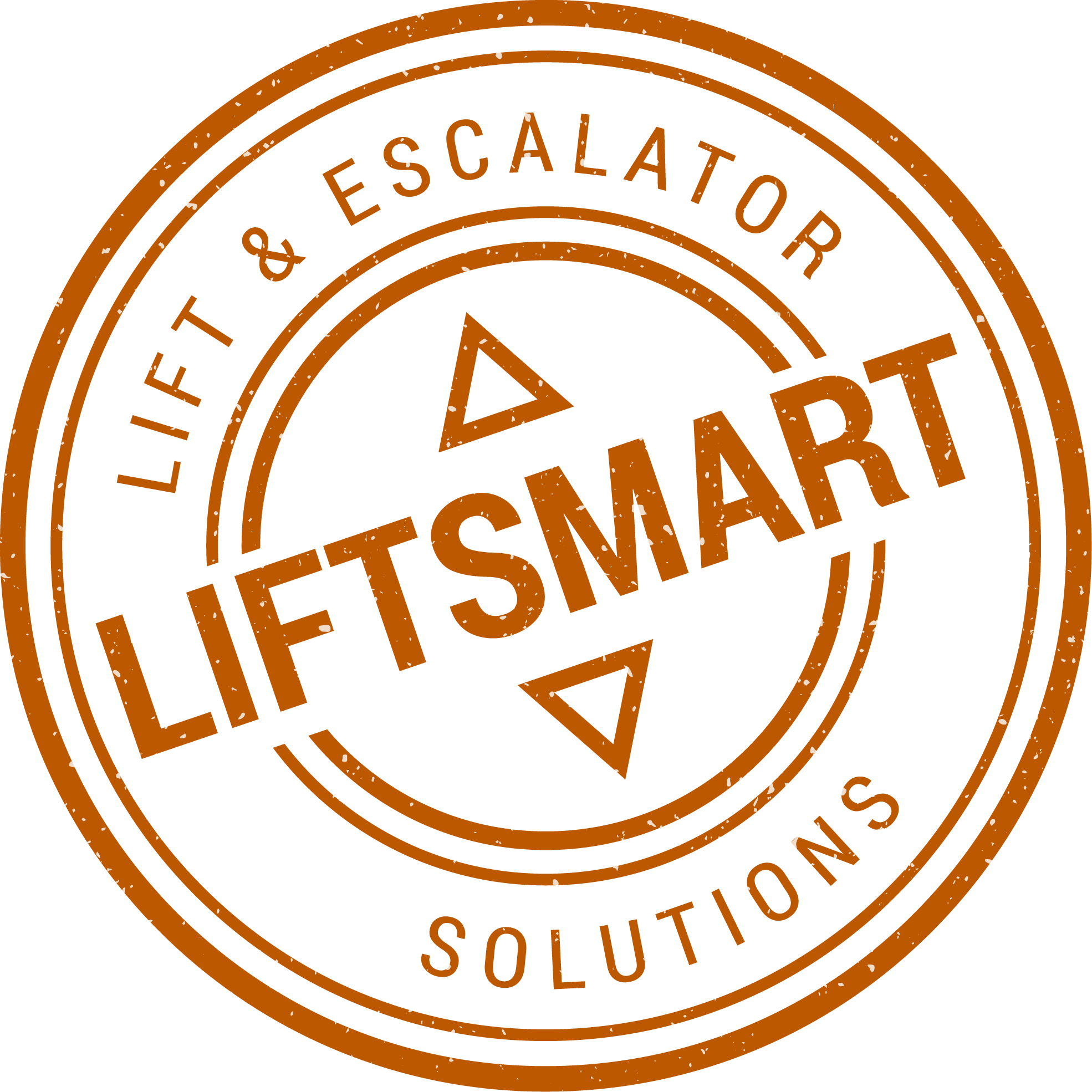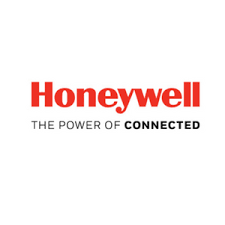Information
-
Document No.
-
Audit Title
-
Client / Site
-
Conducted on
-
Prepared by
-
Location
-
Personnel
Front Office
Front Office
-
Regulatory Visit Procedures (Site Specific)
-
Regulatory Visit Procedure Training ( Semi Annually)
-
OSHA 300 Log Complete and Available (current and past 5 years)
-
OSHA 300 Log Signature Verification
-
OSHA 300 Entries Placed in STARS
-
OSHA 300A Posted (February 1 to April 30)
-
Certificates of Insurance On Site
-
Hazardous Waste Manifests (Copies of File 5 years)
-
Hubbell Safety Policy (HR 4.1)
-
MSDS / SDS Electronics Database and Hard Copies Readily available
-
HES Safety Mission Statement (posted in management office)
-
MSDS / SDS Updated Biannualy
-
Audit TSDF Every Three Years
-
Last TSDF Audit
-
Safety & Environmental Records Retention Procedure (electronic/secured network folder)
-
Safety & Environmental Policies and Procedure Handbook Available
-
Evacuation Plans and Procedures Posted (contact listed up to date)
-
Evacuation Plans and Procedures Training
-
Trend Tracker by Employee for First Aid, Recordables and Lost Time Incidents
-
Training Records Maintained
General Safety
General Safety Programs
-
AED on site and training
-
BBS (North America) or equivalent local program
-
Tim Powers/Gary Amato Critical Safety Message presented Annually and Initial Orientation (zero tolerance)
-
Industrial Hygiene (noise testing & air monitoring)
-
Annual Fire and Tornado Drills with Designated Meeting Areas
-
One Hour and 24 Hour Incident Investigation Notification Forms (current)
-
Does Business Unit Conduct Monthly Safety Committee Meetings
-
Ratio of Floor vs Management in Safety Meetings 50 / 50
-
Monthly Safety Committee Meeting Minutes
-
Safety Committee Charter Implemented
-
Monthly HES /EHS Call Participation
-
Near Miss & First Aid Reporting (using 24 hour incident form)
-
Incident action plan developed and completed based off why analysis
-
Manufacturing safety toolbox meetings with action list
-
Milestone safety accomplish mentrecognition program
-
Training (CPR/First Aid, fork truck driver, HazWOPER, Confined Space, Emergency Procedures
-
New Hire Training (overview of safety program, policies, procedures, and job specific training)
-
Press Safety Training
-
Stretching program
General Environmental Programs
General Environmental Programs
-
Haz Com (Right Know Hazard Communications Program)
-
Biannual Physical Chemical Inventory
-
Chemical inventory annual update
-
Spill cleanup (HazWOPER) Hazardous Waste Operations and Emergency Response (policy and training)
-
Permits (Air, Water, Waste, DOT)
-
Equipment relocation forms in use
-
Construction/Renovation Approval (Platform/EMC)
-
PCB Free transformer certification
-
Confined Space identified & labeled
-
Water (storm water & wastewater)
-
Potable water sampling & operator certification (on site well only)
-
Tier II annual report
-
Site RCRA ID & Hazardous Waste Reports
-
Form R annual report
-
HazMat
-
DOT Registration HMR & UCR)
Material Handling
Material Handling
-
Slings, Chains, all Lift Equipment Serialized and Inspected (daily, visual, annual third party documented)
-
Cranes Inspected
-
Powered industrial truck inspection sheet (start of shift)
-
Seat belt policy
-
Monthly ladder inspection
-
Fall protection (safety harness) inspection (before use & documented annual)
-
Battery charging station (PPE & Eyewash)
Racking
Racking
-
Secured to Floor
-
Replace/Repaired Damaged Uprights and Cross Members
-
Pallet storage (i.e. overhang, weight, location, condition, no plywood)
-
Load rating posted on racking
Aisles
Aisles
-
Aisles Clear of Materials
-
Aisles Defined and Identified
Electrical Inspection
Electrical Inspection
-
All Electrical Panels and Boxes Covered, Secured and Identified
-
Electrical Panel Inventory and Data Sheet
-
No open knockouts
-
No empty or unused breaker slots
-
Unobstructed access & floor marked at electrical panels (30W x 36D)
-
GFCI outlets in place at all wet or damp locations (outdoors, within 6' of any water source and when using portable tools)
-
Extension cords not in use longer than 90 days
-
Electrical cords undamaged (not frayed, ground plug intact, etc.)
-
Exit signs are internally illuminated and placed throughout the facility
Chemical Storage Practices
Chemical Storage Practices
-
All Liquid Drums Contained at 110% (including virgin materials)
-
All Primary and Secondary Containers/Drums Clearly Labeled with HMIS Lebel
-
Flammable materials (HMIS or NFPA rating 1 or above) stored in FM Approved flammable cabinet or fire rated room
-
Compatibility (ensure corrosives, oxidizers, flammables, etc. are not stored together)
-
Any storage tanks (UST or AST) on site
-
Tanks inspections current
-
Tap to enter information
-
Tanks labeled
-
Only approved containers used for chemicals (no coffee cans, water bottles, etc...)
Non Hazardous Waste
Non Hazardous Waste
-
Manifests Available (past 3 years)
-
Storage Area in Close Proximity to Waste Being Generated
-
Non-hazardous Waste labeled applied to drum with start date and all fields populated
-
All containers closed (bung plugs in, rings on and secured, funnels closed & latched)
-
All drums contained at 110%
-
No leaks, corrosion, dents, spillage, etc
-
Insure area is clean, neat and organized (drums accessible and labels clearly visible)
-
Original container marking/labels removed
Hazardous Waste Storage Practices
Hazardous Waste Storage Practices
-
Manifests Available (past 5 years)
-
Emergency Procedures Posted and Current
-
Storage area secured
-
Hazardous Waste label applied to drums with start date and all appropriate fields populated
-
Insure conditionally exempt, small quantity and large quantity generator status
-
All containers closed (bung plugs in, rings on, and funnels closed & latched)
-
All liquid drums contained at 110%
-
No leaks, corrosion, dents, spillage, etc.)
-
Insure area is clan, neat and organized (drums accessible and labels clearly visible)
-
Compatibility (corrosives, oxidizers, flammables not stored together)
-
Original container markings/labels removed
-
Weekly waste inspections documented
-
Are any materials pending disposition
Satellite Accumulation Area Practice
Satellite Accumulation Area Practice
-
All Areas Contained <55 Gallons and stored <1 Year
-
All Containers Closed (bung plugs in, rings on, funnels closed)
-
All liquid drums contained at 110%
-
No leaks, corrosion, dents, spillage
-
Insure area is neat, clean, and organized (drums accessible and labels clearly visible)
-
Compatibility (ensure corrosives, oxidizers, flammable, etc. are not stored together)
-
Original container labels/markings removed
Universal Waste Storage Practices
Universal Waste Storage Practices
-
Maximum One Year on Site
-
All Containers Closed and Labeled with Product Name, Accumulation Start Date & Quantity
-
Manifests available (past 3 years)
Machine Guarding
Machine Guarding
-
Point of Operation Guarding
-
Flywheel and Power Transmission Effectively Guarding
-
Guarding gaps set to correct dimensions (go/no go gauge)
-
Equipment guarded to prevent injury
-
Beginning of shift and tool change verification that safety features are working properly
-
Guards and interlocks functioning prior to operation and not defeated
-
Light curtains functional and being used properly
-
Stop time safety distance verified annually
-
Operators demonstrate knowledge and understanding of safe work practice regarding machine guarding
-
Emergency Stops within easy reach of the machine operator and shut down entire work cell
Compressed Air
Compressed Air
OSHA Approved Nozzles
-
Air Pressure =/<30 PSI
-
Hose connection fittings crimp style (no hose claps,wire ties, etc.)
-
Hose undamaged (no cracks, dry rot, kinks)
Compressed Gas
Compressed Gas
-
Cylinders Stored Upright and Chained with Caps Firmly in Place
-
Flammable Gases Separated From Oxygen
-
Gas cylinders turned off when not in use
-
Motor fuel (propane tanks) turned off when not in use
General Facility
General Facility
-
5-S Housekeeping Program
-
Aisles and Door Unobstructed
-
Fire extinguishers inspected (annual and monthly) and accessible
-
Monthly emergency lighting test
-
Evacuation diagrams posted throughout facility with primary and secondary routes marked, and "You Are Here" marked.
Personal Protective Equipment
Personal Protective Equipment
-
Hazard Assessment (JRA, JSA, R3)
-
PPE Assessment
-
PPE stored properly, available, clean, fitted, functional (i.e. respirators, arc flash, gloves, etc.)
Lock Out Tag Out
Lock Out Tag Out
-
Power Disconnects / Equipment Locked and Tagged When in Off Position or Performing Maintenance
-
LOTO Used When Replacing Dies or Setting Up Presses
-
Tags properly marked when in use
-
Locks properly secured when not in use
-
Locks properly secured when in use
-
Both tags and locks must be used (tags alone are not allowed)
-
Annual LOTO audit for supervisors and authorized empoyees
-
Annual LOTO training for authorized employees
-
Annual LOTO raining for affected employees













